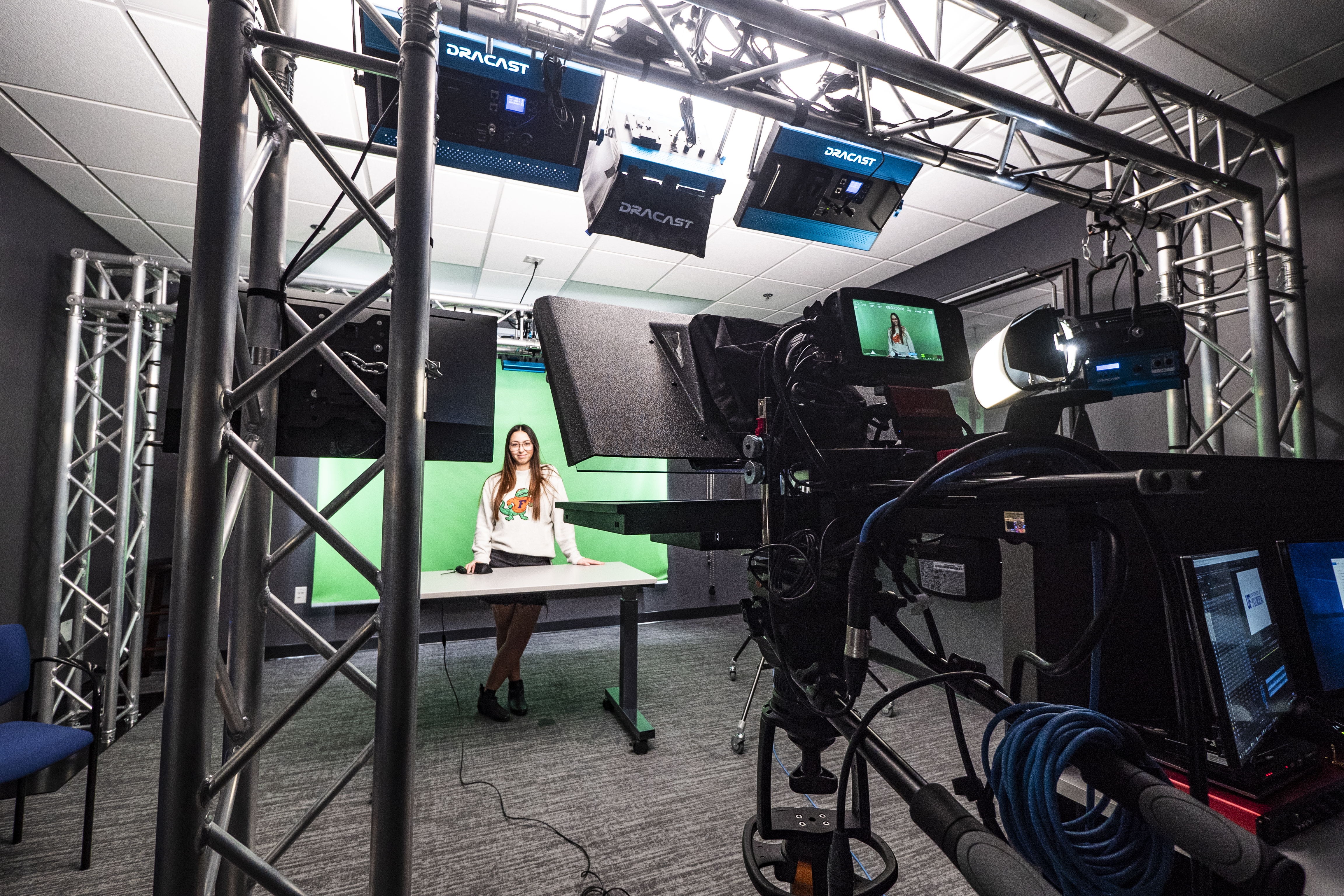 Center for Instructional Technology and Training
Center for Instructional Technology and Training

Traditional video production requires equal amounts of artistry and technical wizardry--not to mention years of experience, access to high-end filming equipment, and a team of crew members gathered to make it all happen. So, what do you do when all of those elements are off the table? Over the past few months, our team has attempted to build a working model for remote recording to safely produce high-quality video content.
Some of the tools and processes our team has adopted revolve around web-based platforms like Zoom, and more time spent in editing and post-production as opposed to our traditional live production workflow in our studio facilities. We’ve also developed a few simple resources to assist clients with their home recording setups.
Although widely known as the ubiquitous video conferencing app under quarantine, Zoom also doubles as a fairly robust recording software. Our team has opted for Zoom meetings to record the presenter’s video feed for use in post-production. We begin each Zoom session by helping the presenter adjust their webcam framing, background, and lighting in accordance with a set of basic guidelines for recording at home.
While some instructors may opt to simply record via Zoom on their own, often as a voice-over with slides or using Zoom’s picture-in-picture format, having a video team on hand will drastically reduce the time expenditure and help ensure superior quality. While recording with Zoom is simple, Zoom has no editing features, so our team utilizes the university’s Mediasite platform and makes necessary revisions with the Mediasite web editor, where we can insert slide content in a separate window and maintain the full functionality and accessibility of our in-studio course recordings.
If you have any questions or want to learn more, please reach out to your instructional designer, or contact us using the Request Assistance Form.
Tags: AMP, Online Teaching, Video, Remote Recording